
Title means "Quietness", "Comfortable Sound" and "Excellent Acoustics"

Title means "Quietness", "Comfortable Sound" and "Excellent Acoustics"
Nagata Acoustics News 01-7 (No.163)
Issued : July 25, 2001
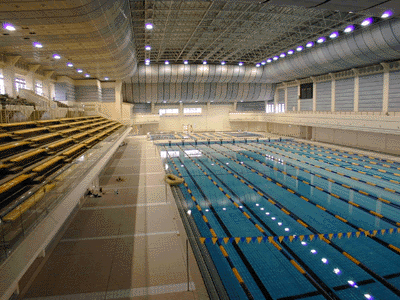 |
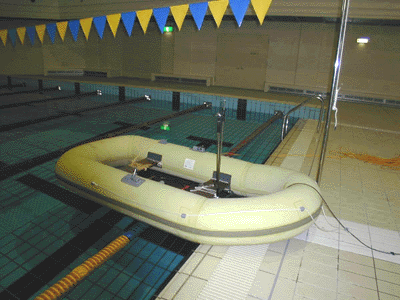 |
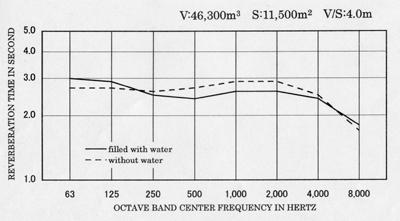 |
Opened | Count | ||
| Ueno Gakuen College Ishibashi Memorial Hall | 622 | Classical music concert hall | |
| Hachinohe City Kokaido | 1,060 | Convertible space | |
| Niigata Music and Culture Hall | 525 | Arrangement with multiple practice rooms | |
| Musashino Music College Bach Saal | 1,202 | Classical music concert hall | |
| Sapporo City Education and Culture Hall | 1,100 | Variable reverberation time | |
| Aichi Koseinenkin Hall | 1,666 | Anti-vibration strategy near subway line |
| Å@ | Opened | Count | |
| 1 | Kumamoto Prefectural Theatre Concert Hall | 1,813 | |
| 2 | Fukushima Concert Hall | 1,002 | |
| 3 | Matsumoto, The Harmony Hall | 750 | |
| 4 | Suntory Hall | 2,006 | |
| 5 | Casals Hall | 511 | |
| 6 | Tsuda Hall | 490 | |
| 7 | Tokyo Metropolitan Art Space Concert Hall | 1,999 | |
| 8 | Concert Hall ATM in Art Tower Mito | 680 | |
| 9 | Okayama Symphony Hall | 2,001 | |
| 10 | Katsushika Symphony Hills, Mozart Hall | 1,318 | |
| 11 | Philia Hall | 500 | |
| 12 | Asahikawa city, Taisetsu Crystal Hall | 600 | |
| 13 | Kioi Hall | 800 | |
| 14 | Kyoto Concert Hall | 1,839 | |
| 15 | Queensland Conservatorium of Music | 643 | |
| 16 | Nagaoka Lyric Hall Concert Hall | 700 | |
| 17 | Sapporo Concert Hall "Kitara" | 2,008 | |
| 18 | Harmony Hall Fukui | 1,448 | |
| 19 | Sumida Triphony Hall | 1800 | |
| 20 | Sogakudo Concert Hall of The Tokyo National University of Fine Arts and Music | 1,140 | |
| 21 | Akiyoshidai International Art Village Concert Hall | 500 | |
| 22 | Nara Centennial Hall Concert Hall | 440 | |
| 23 | Toppan Hall | 408 | |
| 24 | Ishikawa Concert Hall | 1,560 |
| Å@ | |||
| 1 | Kirkegaard & Associates | Chicago, USA | |
| 2 | Nagata Acoustics, Inc. | Tokyo, Japan | |
| 3 | Jaffee Holden Acoustics, Inc. | Norwalk, USA | |
| 4 | Artec Consultants, Inc. | New York, USA |
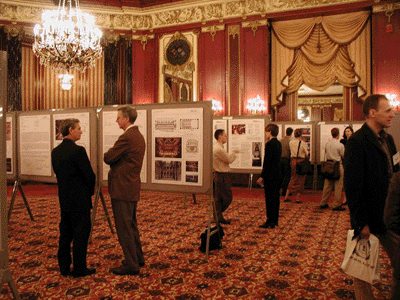 |
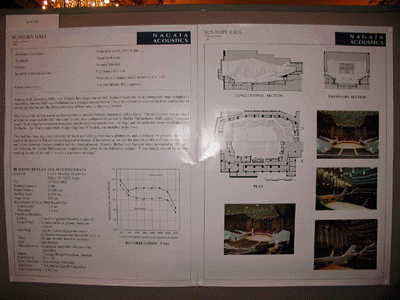 |
Nagata Acoustics News 01-7(No.163)
Issued : July 25, 2001
Nagata Acoustics Inc.
Hongo Segawa Bldg. 3F, 2-35-10
Hongo, Bunkyo-ku, Tokyo 113-0033 Japan
Tel: +81-3-5800-2671, Fax: +81-3-5800-2672
E-mail: info@nagata.co.jp
| News Back Issue Archives |
|---|
| Top |
| Company Profile | Specialization | Selected Projects |